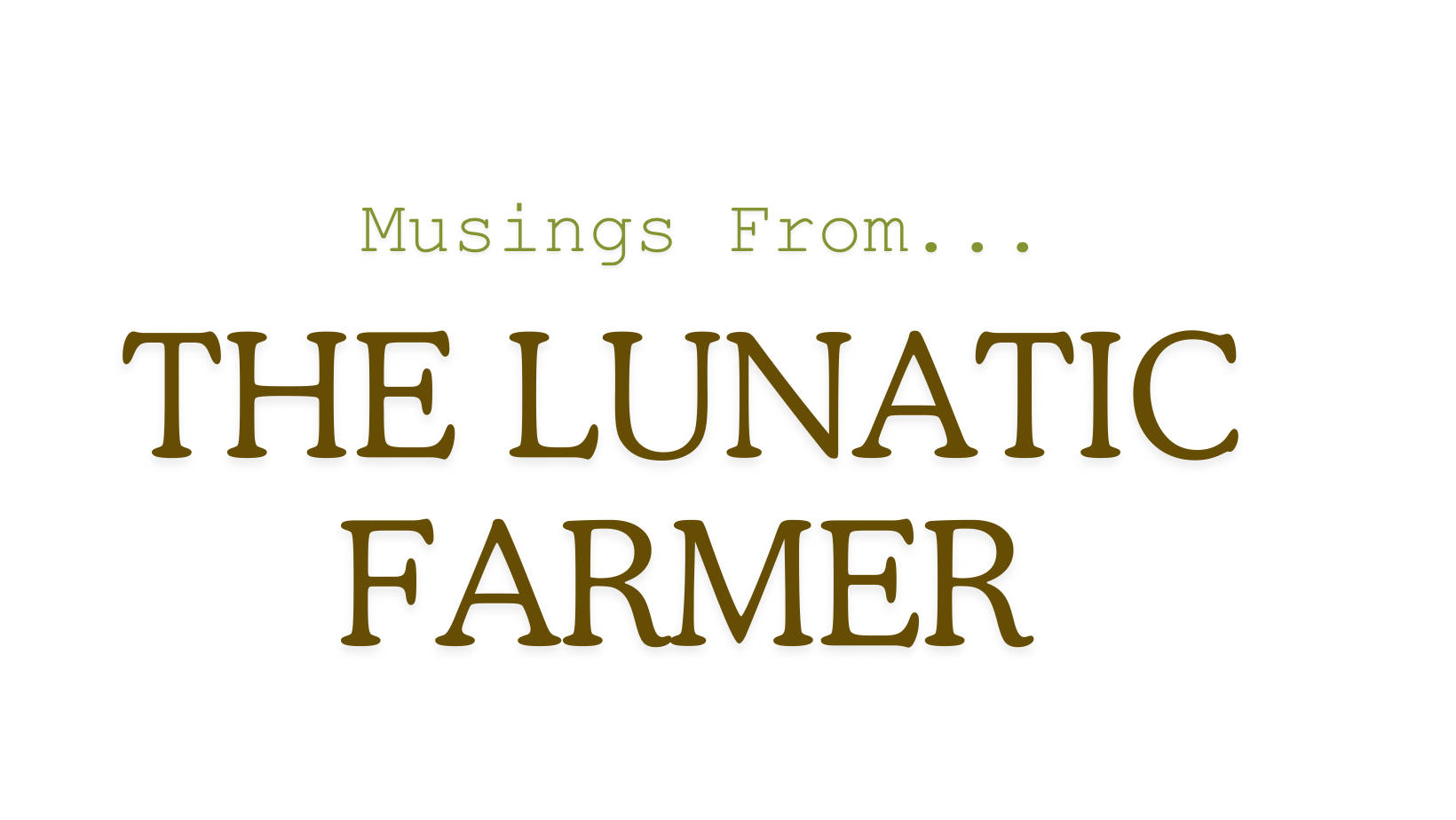PUSHBACK
Can you bear one final post about Australia? Taranaki hosted three public events the last three days I was there and we had hundreds of people attend those. As is always the case, you remember the negative more than the positive, and as we debriefed after the events, we realized we only had two pushbacks.
I'm not going to count the militant vegan group that sent two representatives. This group came at midnight in 2017 and stole 150 chickens out of Taranaki's pastures to "liberate" them. And no, they were not prosecuted--I mean the people. Such is the proliferation of animal ignorance. But that's another story.
The two pushbacks were interesting, and they came from just two attendees, both of whom considered themselves highly educated specialist academics. And I was unable to convince either one of them, such is the made-up mind and the pressure to believe certain things. The first involved herbivores. She disliked cows. Her basic pitch was that since cows have done a lot of damage, how do we expect to heal any land with cows? Interestingly, her point was that we should abandon herbivores and just raise chickens on pasture and cover all the pastures with chickens.
I'm tickled that she embraced scratching and pecking as a healing disturbance, but it all works better in symbiosis; like the egret on the rhino's nose. So deep is the antagonistic state of affairs against cows in many circles that the chicken is the only acceptable farm animal. Well, how do you mow the grass short so the chickens will like it? How do you prune the acreage? The reason cows are wonderful is because they prune large expanses and leave more than they take--their inefficiency is why every deep soil area of the world is under perennial prairies with herbivores and not under trees or bushes. True, they've done a lot of damage, but it need not be so.
The second pushback centered on pond building. "I've seen ponds dry up rivers," said the expert. Demonizing ponds as if they inherently deprive folks downstream of water is a common misperception. Here's my pitch, and the pitch of permaculture and keyline hydration systems: if the pond is NOT in running water (stream, creek, spring, river) so that it only fills with surface runoff, by definition it can only hold water that is in excess of the commons.
Hang with me here. If we assume the landscape in a given area is a cup, the only way we can have water running across the land is if the land can't hold any more. In other words, the cup is full and running over. Holding water that runs over the sides of the cup is not hoarding; it's saving. In fact, it protects downstream folks from floods and blesses the same folks later with base flow rates, transpiration, and a more functional hydration cycle.
On this trip, I learned yet more about Australia's ancient hydration. Like the U.S., 800 years ago Australia had vast systems of lakes and ponds. In the U.S. some 8 percent of the land base was water--primarily from beaver dams (200 million of them). In Australia, careful stream manipulation by the Aborigines encouraged ponds. Today, both countries are below 1 percent water. Imagine what 8 percent would mean? The sheer evaporation to maintain atmospheric hydration for dependable cloud formation; the thermal mass to ease highs and lows on ambient temperatures; riparian environments for wildlife and aquatic life.
Ponds, like cows, can be managed in a Conquistador mentality or a caretaker mentality. The human hand can hurt or heal. For some reason, this seems almost impossible to convey, and yet understand it we must. We can't run around demonizing the most efficacious instruments for ecological healing. I wish this point could be stated compellingly enough to eliminate debate, but our hearts define what our eyes will see. Indeed, the phrase "I'll believe it when I see it" is backwards. The truth is that "I'll see it when I believe it."
And yes, for those of you who don't own much land, a wheelbarrow-sized pond in the backyard is extremely beneficial, as are rain barrels and other water retention vessels. It's all about holding raindrops as high on the landscape for as long as possible; that enables the most uses on their gravitational journey to the sea . . . or back into the clouds. I've made ponds with a pick and shovel--the size of a bathtub. What a difference some water can make in a dry and thirsty land.
Have you considered making a pond?
